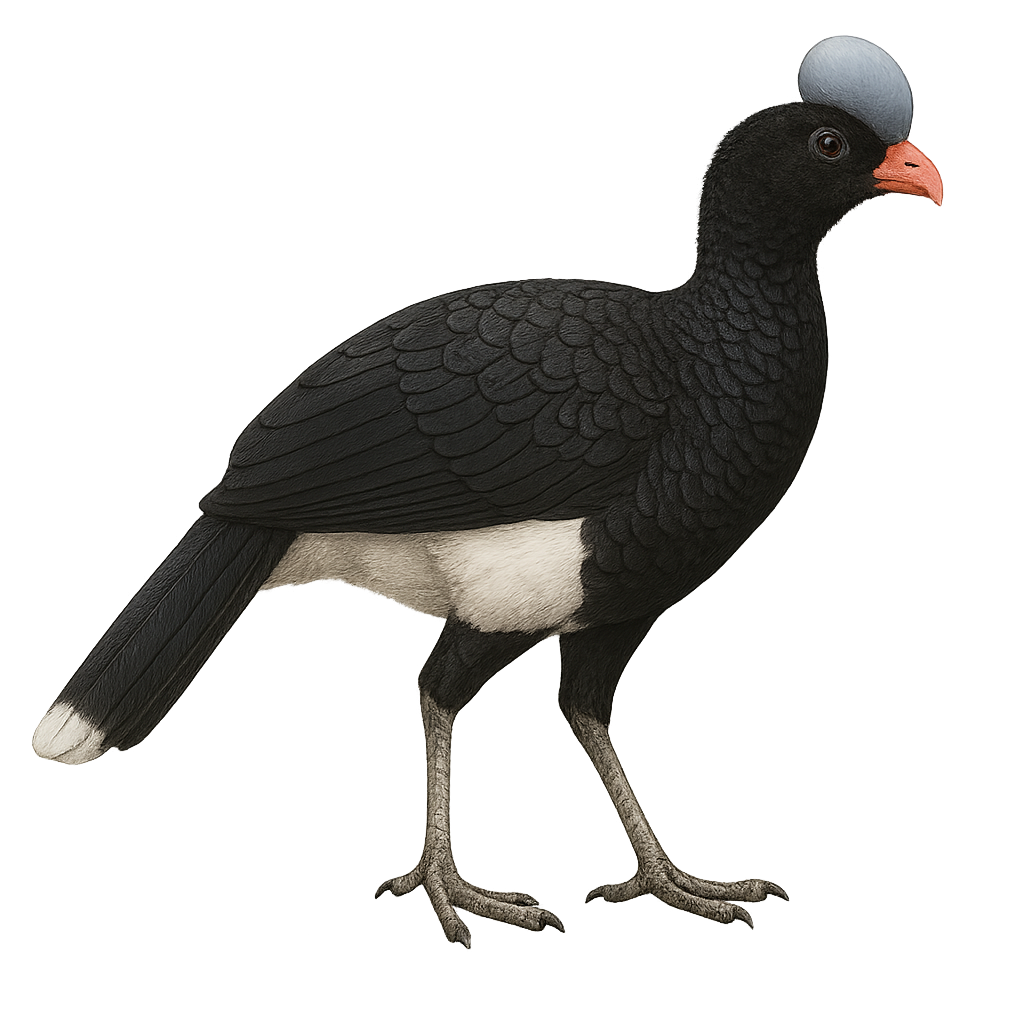Your wildlife photography guide.
Explore the helmeted curassow in detail, study its behavior, prepare your shots.
Where to observe and photograph the helmeted curassow in the wild
Learn where and when to spot the helmeted curassow in the wild, how to identify the species based on distinctive features, and what natural environments it inhabits. The WildlifePhotographer app offers tailored photography tips that reflect the helmeted curassow’s behavior, helping you capture better wildlife images. Explore the full species profile for key information including description, habitat, active periods, and approach techniques.
Helmeted Curassow
Scientific name: Pauxi pauxi

IUCN Status: Endangered
Family: CRACIDAE
Group: Birds
Sensitivity to human approach: Suspicious
Minimum approach distance: 10 m
Courtship display: March to May
Incubation: 28-30 jours
Hatchings: April to June
Habitat:
Humid tropical forests, montane forests
Activity period :
Primarily active during the day, with peak activity in the morning and late afternoon.
Identification and description:
The Helmeted Curassow, or Pauxi pauxi, is a large terrestrial bird from the Cracidae family, primarily found in the humid tropical forests of the Andes in Venezuela and Colombia. It is distinguished by its unique horned crest, which gives it its name. This curassow is black with bluish sheen and a white chest. It feeds mainly on fruits, seeds, and insects. Unfortunately, it is threatened by habitat loss and hunting. Its discreet nature and dark plumage make it difficult to observe in its natural environment. Conservation efforts are crucial to ensure its long-term survival.
Recommended lens:
400 mm – adjust based on distance, desired framing (portrait or habitat), and approach conditions.
Photography tips:
To photograph the Helmeted Curassow, it is advisable to use a telephoto lens of at least 400 mm to capture detailed images from a distance, as this bird is suspicious and prefers to stay away from humans. Look for it early in the morning or late in the afternoon when the light is soft and it is more active. Be patient and quiet to avoid scaring it away. Use a tripod to stabilize your camera and get sharp images. Try to capture its distinctive profile with its horned crest to highlight its unique beauty.
The WildlifePhotographer App is coming soon!
Be the first to explore the best nature spots, track rutting seasons, log your observations, and observe more wildlife.
Already 1 432 wildlife lovers subscribed worldwide

